By Sam McGowan
Jimmy Stewart is arguably the only prewar American actor of superstar magnitude to have served in a sustained combat role during World War II, and the only one to have served in a position of command. He was also one of only a handful of men to progress from private to full colonel in less than five years.
Jimmy Stewart: Actor and Aviator
James Maitland Stewart was a native of Indiana, Pennsylvania, where his father ran a hardware store, which makes him a true product of Main Street America. Indiana is far different from Philadelphia or even nearby Pittsburgh. Located in western Pennsylvania, it lies in a region with close ties to the American frontier of the early 1800s. Like many other Americans of his age, Stewart came from a family with military service in its background. Both of his grandfathers were Civil War veterans, and his father had fought in the Spanish-American War. As a boy, Stewart actually wanted to pursue a career in the military but was dissuaded by his father. A shy and reclusive youth, he spent much of his time building model airplanes, a hobby he continued into adulthood.
Stewart took his first airplane ride right after World War I when a barnstorming pilot stopped outside the town for a few days. Jimmy was around 10 or 12 years old at the time. His father’s successful business provided the family with wealth and political connections. Jimmy’s father enrolled him in Mercersburg Academy, a prestigious college preparatory school in southern Pennsylvania, at age 16. He was home with an illness when Charles Lindbergh made his historic transatlantic flight in an airplane that had been designed by Mercersburg alumnus Benjamin Franklin Mahoney.
Stewart’s personal ambition was to attend the U.S. Naval Academy and become a Navy pilot. His father, however, thought otherwise, and the young man enrolled at Princeton University in 1928. It was at Princeton that he developed an interest in acting and became friends with fellow actor Henry Fonda, who also shared Stewart’s interest in model airplanes. Stewart and Fonda, who was not a Princeton student, were members of an intercollegiate dramatic team. After Stewart’s graduation, the two young men went to New York to try their luck on Broadway. They took screen tests, then went to Hollywood, with Fonda preceding. He was at the station to meet Stewart, who stepped off the train carrying a model of a Martin bomber they had been working on while sharing an apartment in New York.
Immediately after he arrived in Hollywood, Stewart began taking flying lessons at Mines Field Airport—now Los Angeles International—where he encountered members of the Hollywood community such as Robert Taylor, Tyrone Power, and Frances Langford, who were flying out of the field. Taylor would later serve as an instructor pilot with the Navy.
Stewart Enlists
By the spring of 1941, Stewart was a successful movie star and an accomplished pilot with a commercial license and more than 300 hours in his logbook. He owned his own airplane, a Stinson 105, and was an investor in Thunderbird Field, a new venture in Phoenix that had a contract to train Army pilots. Had he waited until after Pearl Harbor to enlist, Stewart would have been a good candidate for the Army’s service pilot program, a program offering commissions and ratings as noncombat pilots to men with significant civilian flying experience.
Stewart, however, decided to enlist after he received his draft notice in October 1940 in the very first draft and had been in the Army for several months before Pearl Harbor. When he reported for his physical, the lanky actor was found to be underweight, a finding that would have caused most men to breathe a deep sigh of relief. But the notice had stirred a patriotic chord in the young man from America’s heartland, and he was determined to answer his country’s call. He appealed the decision. He passed the weigh-in the second time around. He said later that he had a friend manning the scales, while others have reported that he filled up on bananas. On March 22, 1941, the actor became a U.S. Army Air Corps private.
An Uncommon Commision
Just how Stewart received his aeronautical rating as a military pilot is a mystery. At age 32 when he was drafted, he was beyond the cutoff age of 27 for aviation cadet training. He was a college graduate, however, from one of the country’s most prestigious schools, and was thus eligible for an officer’s commission. He also was a rated commercial pilot. At some point he applied for a commission and a rating as a pilot based on his civilian flying experience. Since his commission was dated January 19, 1942, he may have been commissioned in conjunction with the newly initiated service pilot program, although he was apparently given a military pilot rating since service pilots were restricted to noncombat duty. By that time he had been in the Army for almost 10 months and wore the chevrons of a corporal. He was stationed at Moffett Field outside San Francisco, where he remained for a time as an officer.
Stewart’s experience in becoming a U.S. Army pilot is very unique. Prior to World War II, there was only one way to become a rated pilot, and that was through completion of an undergraduate pilot training course as either an aviation cadet or an already commissioned officer. In late 1941, the Army began hiring civilian pilots to serve under contract to ferry airplanes and perform other nonmilitary duties. When war broke out, many of these men were considered for military service in limited-duty status.
Stewart, however, was already in the Army when he was considered for commissioning and rating as a pilot and may have been rated and commissioned through a different route. Instead of being assigned to ferry airplanes or fly transports, he became an instructor pilot in the Training Command. He underwent an evaluation and was considered competent as a military pilot without attending a formal pilot training course. Stewart’s status as a graduate of an Ivy League university and his leadership potential may have been factors in his ultimate military career. Even so, his progress is unique.
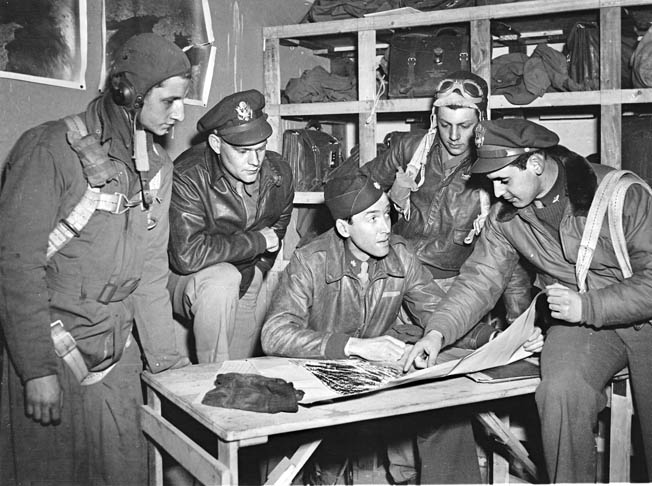
Stewart on the Sidelines
Although Stewart had his heart set on becoming a combat pilot, the Army was less enthusiastic about using a man of his notoriety in a combat role. He was more valuable as a recruiting tool. Shortly after he was commissioned, he was called to Washington, D.C., to attend President Franklin Roosevelt’s March of Dimes rally and make the rounds of a number of parties and galas. Now that the United States had entered the war, the image of a Hollywood star in uniform wearing silver pilot wings was a surefire recruiting tool for the Air Corps. The patriotic Stewart, however, wished to serve as a soldier; he did not want to play a role as a show pony and was determined to do everything in his power to get an operational assignment with a combat unit. When he returned to Moffett, he signed up for instrument and multi-engine training along with night and formation flying.
After receiving a rating as a multi-engine pilot, Stewart was sent to Mather Field near Sacramento for instructor training and qualification as a multi-engine instructor pilot. The former actor’s next assignment was at Kirtland Field at Albuquerque, New Mexico, where he flew twin-engine Beechcraft AT-11s carrying bombardier training cadets on flights over the bombing range. It was an ideal assignment for a future bomber pilot—his role was to carry young bombardier trainees and their instructor over the practice ranges to drop dummy bombs on targets outlined in the desert. His responsibility was to fly a straight and level course over the bombing range until the student bombardier took control of the airplane with his sophisticated computerized bombsight to make the drop. It was routine duty, but while his passengers were learning to drop bombs, Stewart was learning to be a bomber pilot.
Whenever he had time off, Stewart headed for Los Angeles to see his Hollywood friends. Many had also joined the service. His good friend Henry Fonda enlisted in the Navy. Burgess Meredith, who had been Stewart’s housemate before the war, had also joined the Army Air Forces and was in training to become an intelligence officer. During one visit toward the end of 1942, he met up with his old buddy Clark Gable, who had just completed an officer training course in Miami and had orders sending him to gunnery school. Gable was expecting to go overseas upon completion of the course to gather material for a movie he was making for the Air Corps.
In early 1943, Stewart transferred to Gowen Field at Boise, Idaho, in a new role as a four-engine instructor pilot. Prior to the assignment he went through a four-engine course at Hobbs, New Mexico, to check out as a first pilot, or aircraft commander. Upon completion of the course, which used Boeing B-17 Flying Fortresses, he went to the Combat Crew Processing Center at Salt Lake City, Utah, where he expected to be assigned to a combat unit and begin training for overseas duty.
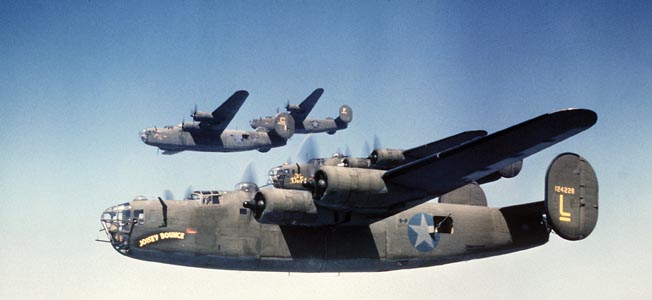
The other pilots in his class were recent graduates of advanced pilot training, and they received assignments to combat groups that were forming up for duty overseas. Stewart, however, was not a graduate of an Army pilot training program, and his status was somewhat murky. It is probable that since he was one of the first pilots to be rated on the basis of civilian flying experience, he had not been rated as a service pilot but had been given regular pilot wings instead. He went to Boise and the 29th Bombardment Group as an instructor pilot. The 29th had served on antisubmarine patrol missions in the Caribbean at the beginning of the war, then had moved to Boise to serve as a training group for combat units preparing for duty overseas. Shortly after his arrival, Stewart was promoted to captain and given a new assignment as a squadron commander.
Transferred to a Combat Group Command Position
After he had been at Boise for several months, a rumor reached Stewart’s ears that he was going to be taken off flying status and reassigned to the audiovisual service. Another rumor was that he was going to be sent on a perpetual War Bond tour. The rumors were more than Stewart could take. Up to this point he had not tried to pull rank, position, or status, but he had had enough. He paid a visit to the group commander, Colonel Walter Arnold, and stressed his desire for an assignment to a combat group. Arnold was sympathetic, and instead of giving him a pep talk about the needs of the service and sending him on his way, Arnold decided to do something on his behalf. He recommended Stewart to fill a vacancy in the 445th Bombardment Group, which had passed through Boise a few weeks earlier and was in the third phase of training at Sioux City, Iowa. The 703rd Bombardment Squadron needed an operations officer, someone with considerable heavy bomber and command experience, and Stewart had both. The group had activated at Gowen Field several months earlier, and Stewart was well known to its senior officers.
Stewart’s transfer came at a time when the Army Air Forces was in the process of phasing out the B-17. Nearly all of the new groups still in the pipeline for overseas duty were equipping with B-24s. Larger and considerably faster than the famous B-17, the B-24 had much greater range, and the Army Air Forces senior leadership preferred it as the long-range heavy bomber until the Boeing B-29 Superfortress became available in significant numbers. With only a couple of exceptions, by late 1943 all of the new heavy bomber groups departing for Europe were equipped with B-24s, while all of the B-17s in the Pacific were being replaced.
Some of the overseas commanders, particularly Maj. Gen. James H. Doolittle, did not agree with the decision. Doolittle was particularly adamant about continued B-17 production after he took command of the Eighth Air Force, to which Stewart would soon be assigned, but that was still well into the future in the summer of 1943. Although he had reportedly been training new pilots in B-17s, Stewart’s future would be in B-24s. According to author Starr Smith, who served with him in England, Stewart had not been checked out in the B-24 prior to his arrival at Sioux City, but the transition presented no difficulty to a pilot with his experience.
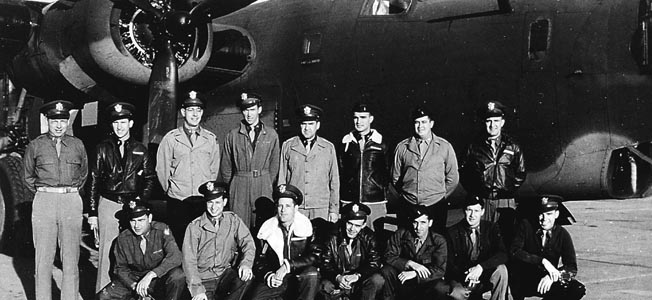
From Sioux City to Great Britain
As a squadron operations officer, Stewart was responsible for his new unit’s aircrews. His role was to supervise the assignment and training of the squadron’s aircrew personnel and to ensure that they were all proficient. If a crew had problems, it was up to the operations officer to solve them or reassign crewmembers to make up effective crews. Stewart was an operations officer for only three weeks before he was moved up to take command of the squadron, a job that gave him new responsibilities. As a squadron commander, he became responsible for all squadron personnel, including the enlisted ground crews who took care of the big B-24s and the administrative personnel who were responsible for keeping squadron records and preparing written orders. His primary role was to maintain discipline and morale while carrying out orders he received from group headquarters.
By November, the 445th Bombardment Group had completed all its training requirements for operational service and was deemed ready for transfer overseas. Preparations for the invasion of Western Europe were under way, and the focus was on defeating the Luftwaffe and gaining control of the skies over the planned invasion beaches in France.
As the squadron commander, Stewart had no crew of his own. So he departed for Europe with the crew commanded by Lieutenant Lloyd Sherrard. Sherrard was an experienced pilot and had checked Stewart out in the B-24 when he joined the squadron at Sioux City. Stewart and the Sherrard crew left from the Ferrying Command departure point at Morrison Field at West Palm Beach, Florida, on November 15, 1943.
First Combat Missions of the 445th
After their arrival at Tibenham, the men of the 445th did not go right into combat. It was November 1943, and the Army Air Forces had been in combat for almost two years, during which it had learned many lessons. One of the lessons was that newly arrived groups needed a shakedown period of theater indoctrination before beginning operational missions. The 445th was assigned to the 2nd Combat Bombardment Wing, commanded by Brig. Gen. Edward J. “Ted” Timberlake. The youngest general officer in the Army, Timberlake was the most experienced B-24 commander in VIII Bomber Command and arguably the most respected, if not the most capable, of the command’s wing commanders. He took his 93rd Bomb Group to England in the summer of 1942 and led it until he was promoted to command a provisional bombardment wing.
While other young generals were sent back to the United States to new assignments, Timberlake remained in Europe with the Eighth Air Force as a combat wing commander for the duration of the war. A few days before Stewart transferred to the 445th, Timberlake’s B-24s flew the famous low-level attack on the Ploesti oil fields in Romania. He was a no-nonsense commander who expected the best from the men who served under him, which meant he wanted his officers and their crews to be the best in the business. For more than two weeks the 445th flew practice missions to make sure that all crews were ready for combat. Stewart and his operations officer flew with each of the crews in the squadron and talked to each member to make sure they knew their jobs and were ready for combat.
On December 13, 1943, the 445th flew its first combat mission, a strike on the U-boat pens at Kiel. Stewart led the group’s high squadron, taking them in over the target at 27,000 feet. His next mission was to Bremen on December 16, when he flew as lead pilot for the 445th Group. On Christmas Eve Stewart again led the group, this time on a mission against German rocket-launching sites in the Pas de Calais. With more than 2,000 bombers and fighters participating, it was the largest Eighth Air Force mission of the war to date.
Stewart’s Crucial Decision at Ludwigshafen
It was on the January 7, 1944, mission to Ludwigshafen that Stewart came to the attention of superior officers above his group. Stewart was again leading the group. As they were departing the target area, he realized that the group he was following, the 389th Bomb Group, was 30 degrees off course. He called the other group lead and informed him of the error, but the other officer insisted they were on course. Stewart knew that the course was wrong and that it was taking both groups away from the protection of the main formation. Nevertheless, he advised the other group leader that he was sticking with him, knowing that the decision was akin to signing his own death warrant.
As Stewart feared, the German radar operators saw that the two groups had become separated from the bomber stream and vectored several squadrons of fighters to the attack. They were about 30 miles south of Paris when approximately 60 Luftwaffe fighters came in for the attack. The lead pilot, whose navigator had made the mistake, paid for his error as his B-24 went down. Stewart ordered his group to close up their formation for protection. His formation did not lose any planes, but 17 B-24s went down that day. Stewart’s decision to stick with his sister group rather than abandoning them to their fate in spite of the navigational error saved the other group from complete annihilation. Colonel Milton W. Arnold, the 389th commander, sent a letter to 445th commander Colonel Robert H. Terrill commending Stewart for his actions. Shortly after the mission, Stewart was promoted to major.
The day after the Ludwigshafen mission, the Eighth Air Force command structure underwent some changes. For reasons that have never been fully explained, General Carl Spaatz, who had taken command of the new U.S. Strategic Air Forces, Europe, decided to send Eighth Air Force commander Ira Eaker to the Mediterranean and bring Maj. Gen. James H. Doolittle to England to take command of the Eighth. It was not a popular decision, and it became even less popular when Doolittle announced that the mission requirement for Eighth Air Force bomber crews had been increased from 25 to 30.
“Big Week”
Many Eighth Air Force crewmen came to believe that Doolittle was using them to get his name in the papers. The intensity of combat was increasing, and casualties among the bomber crews were mounting. During their first 21 days in combat the 445th lost six crews, an average of two a week. Group personnel saw 61 of their comrades listed as missing in action in less than a month. Such casualty rates had become common throughout VIII Bomber Command and would quickly rise as the workload increased in early 1944 in preparation for the invasion.
In early 1944, Spaatz and his deputy commander for operations, Maj. Gen. Fred Andrews, approved a plan for Operation Argument, a massive week of heavy bomber attacks on targets in Germany that has since come to be known as “Big Week.” On the opening day of the operation, Stewart flew as deputy lead of the 2nd Bombardment Wing. The mission was planned for blind bombing using radar, but the weather over the target was suitable for visual bombing conditions, so Stewart moved into the lead. He was awarded a Distinguished Flying Cross for the mission. Stewart flew two other missions during the intense week, a mission to Gotha and a third to Nuremberg, during which he led the 445th formation.
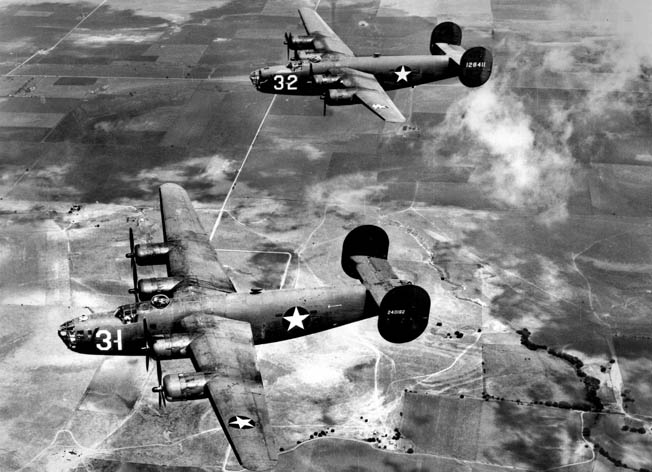
Stewart’s Stardom Within the Air Corps
During three months in combat, Stewart had achieved a reputation not only in his squadron but also in the group and wing. To many of the combat crews he had become a lucky charm. Missions on which he led either the squadron, the group, or the wing seemed to be successful, in that bombing results were usually good and casualties were generally light. He was popular with the officers and enlisted men under his command. But rumors began circulating that he had become too important to the higher-ups to risk on missions and that he was going to be transferred and perhaps grounded. In early March, the Eighth Air Force began a series of missions against Berlin, which had not previously seen American aircraft in its skies. The missions were hazardous and costly—the first two alone cost the Eighth Air Force more than 1,000 men. Stewart, however, was conspicuously absent from all of the Berlin missions until March 22, when he led the 2nd Bombardment Wing to the most heavily defended target in Germany. It was his 12th combat mission.
It turned out that the rumors of Stewart’s transfer were true, although his days of combat flying were not completely over. He was relieved of command of the 703rd Bombardment Squadron and transferred to the 453rd Bombardment Group at Attleborough to assume the role of group operations officer. On March 30, 1944, he assumed his new position as assistant to the group commander, Colonel Ramsey Potts. Stewart’s new assignment put him in a close relationship with another of the Liberator superstars. Ramsey Potts had been a squadron commander in the 93rd Bombardment Group under Timberlake, who had previously introduced Stewart to him. After leading his squadron on the infamous low-level mission against Ploesti, Potts had risen to the rank of colonel and was given command of the 453rd Bombardment Group two weeks before Stewart’s transfer when the group’s original commander was shot down. As the group operations officer, Stewart was responsible for all of the details of planning the group’s participation in the missions to which it was assigned and for briefing the crews for each mission.
Stewart’s new assignment was based on merit rather than fame. Potts did not ask for him. The group’s previous commander and operations officer had both been lost only a few weeks before, and morale in the group was correspondingly low. Stewart had a good reputation as a combat leader and as a commander who was popular with his men, officers and enlisted alike. Timberlake personally picked Stewart for the assignment to complement Potts.
Over the next few weeks the two new arrivals worked to bring the group back up to par. As operations officer, Stewart was not expected to fly every mission, but he often went up in the group assembly ship to look over the formations as the group was assembling and occasionally flew missions as a member of a combat crew. Unlike the combat crewmembers, he had no quota of missions to fly before he could be rotated home. As a staff officer, he was to remain overseas as long as he was needed. The Allies were getting ready for the Normandy invasion, and the mission tempo had picked up. Stewart flew a total of 20 (some sources say 21) missions with the 445th and 453rd Groups. Those are the missions for which he received credit.
“We Hit Berlin, Didn’t We?”
Jimmy Stewart was no doubt the most famous officer to serve in a combat unit in World War II; he was also the most publicity shy. He was serving in the military purely for patriotic reasons and did not wish to capitalize on his military service in any manner, an attitude he maintained for his entire life. Members of the media were well aware that he was in England serving as a squadron commander with a Liberator group and were anxious to interview him. Stewart, however, refused all interviews and generally avoided contact with the press. The Army, however, took advantage of his notoriety by issuing press releases announcing his promotions and assumptions of new positions. A news release was sent out after his mission to Berlin in which he was quoted commenting on the intensity of the flak and fighters. When asked if the mission was unusual, he responded with “Unusual? We hit Berlin, didn’t we?”
Transferred to Timberlake’s Staff
Sometime in June, Stewart received another promotion, this time to lieutenant colonel. Shortly afterward, on July 2, he transferred to 2nd Combat Bombardment Wing headquarters to become Timberlake’s executive officer. In his new capacity he shared an office with Lieutenant Cal Stewart, no relation, who had come to England in 1942 with the 93rd Bombardment Group as a radio operator but had been reassigned to the squadron orderly room because of his civilian experience as a newspaperman in his native Nebraska. Timberlake authorized him to begin publishing a group newspaper, the first military newspaper in the European Theater. When he was promoted to brigadier general, Timberlake took Stewart with him as his orderly, then had him commissioned and made him his aide. The two Stewarts became good friends and equally loyal to their boss.
With his move to headquarters, Jimmy Stewart was off combat flying, but as a staff officer he was not due to return to the United States. Even though he was no longer assigned to combat duty, Stewart would sometimes manage to get on a mission. He frequently flew with the 389th Group, which had become the 2nd Bombardment Wing’s pathfinder group. Equipped with specially modified airplanes featuring radar and electronic navigational equipment for blind bombing, pathfinder squadrons provided crews to lead formations and allowed bombing through the clouds. Although the Army Air Forces still maintained a pretense of “daylight precision bombing,” the Eighth Air Force adopted British-developed electronic bombing methods beginning in the fall of 1943.
Stewart also occasionally went along on missions with his two previous groups, then later flew missions with the groups in the 20th Bombardment Wing. None of those missions were credited to him.
When Stewart transferred to Timberlake’s staff, rumors started that he was being groomed for command of his own group. Although Eighth Air Force commander Doolittle would say later that if the war in Europe had continued Stewart would have become a group commander, it never happened. In September 1944, Timberlake transferred to command of the 20th Bombardment Wing, which included his old group, the 93rd, and Stewart went with him. After serving for a few months as Timberlake’s executive officer, Stewart returned to the 2nd Bombardment Wing as operations officer.
Promotion to Colonel
In February 1945, Stewart was promoted again, this time to full colonel, and became 2nd Bombardment Wing chief of staff under Colonel Milton Arnold, whose attention Stewart had attracted with his actions in response to the straying 389th Group almost a year before. Stewart had risen from buck private to full colonel in only four years. It was a record achieved by few men. Only one other Hollywood type served in a combat role with similar rank; producer Merian Cooper had flown combat in World War I and returned to active duty as a colonel at the beginning of the war. Cooper served in China with Claire Chennault and in the Southwest Pacific in a staff position. Cowboy actor Tim McCoy, also a World War I veteran, held the rank of brigadier general in the Army reserve but did not serve overseas in World War II.
Stewart, now a full colonel, was still with the 2nd Bombardment Wing when the war in Europe came to an end. Timberlake had been replaced by Colonel Milton Arnold in August 1944, and Stewart had assumed a position as Arnold’s operations officer in December. In February 1945, Stewart became Arnold’s chief of staff. Three days after VE Day, Stewart replaced Arnold as commander of the 2nd Bombardment Wing.
Continued Service After the War
The war had ended, and Stewart’s new role was to preside over the demobilization of the wing and movement of its personnel back to the United States for separation or reassignment to the Pacific. He was in his new position for only some four weeks. Although Starr Smith relates that Stewart remained in command until the wing transferred back to the United States in September, official records indicate that he was replaced in June. His position until he returned to the United States aboard the liner Queen Elizabeth is unclear.
After the war, Stewart remained in the U.S. Army Reserve, then went into the Air Force Reserve when the Air Force became a separate service in 1947. His postwar reserve assignment was with the Strategic Air Command as deputy director of operations. He was nominated for promotion to brigadier general by President Dwight Eisenhower in 1957, but the promotion was opposed by Maine Congresswoman Margaret Chase Smith.
Two years later, after he was reassigned from Strategic Air Command to the Air Force Office of Information in the Pentagon, Stewart’s promotion was approved. In 1968, just before his retirement, Stewart flew one last combat mission as an observer on a B-52 mission over Vietnam. The following year his stepson, Marine Lieutenant Ronald McLean, was killed in Vietnam. President Ronald Reagan promoted Stewart to the retired rank of major general. His military decorations included two Distinguished Flying Crosses and four Air Medals.
The Humble Jimmy Stewart
Jimmy Stewart not only shunned wartime publicity, but after the war he refused to discuss his military experiences publicly or with the media and forbade any mention of it by his publicists. He also refused to make any war movies, expressing his view that it was “not the same.” The closest he ever came to a war movie was the 1955 film Strategic Air Command, in which his character, Lt. Col. “Dutch” Holland, had been a World War II B-24 pilot although the movie itself was set in the 1950s Air Force. He was interested in aviation, however, and made several movies with aviation themes, including Spirit of St. Louis, about Charles Lindbergh’s historic flight across the Atlantic.
Although he kept his wartime service out of the public eye, Jimmy Stewart maintained contact with many of his wartime friends and participated in reunions. A representative of the Eighth Air Force spoke at his funeral in 1997.
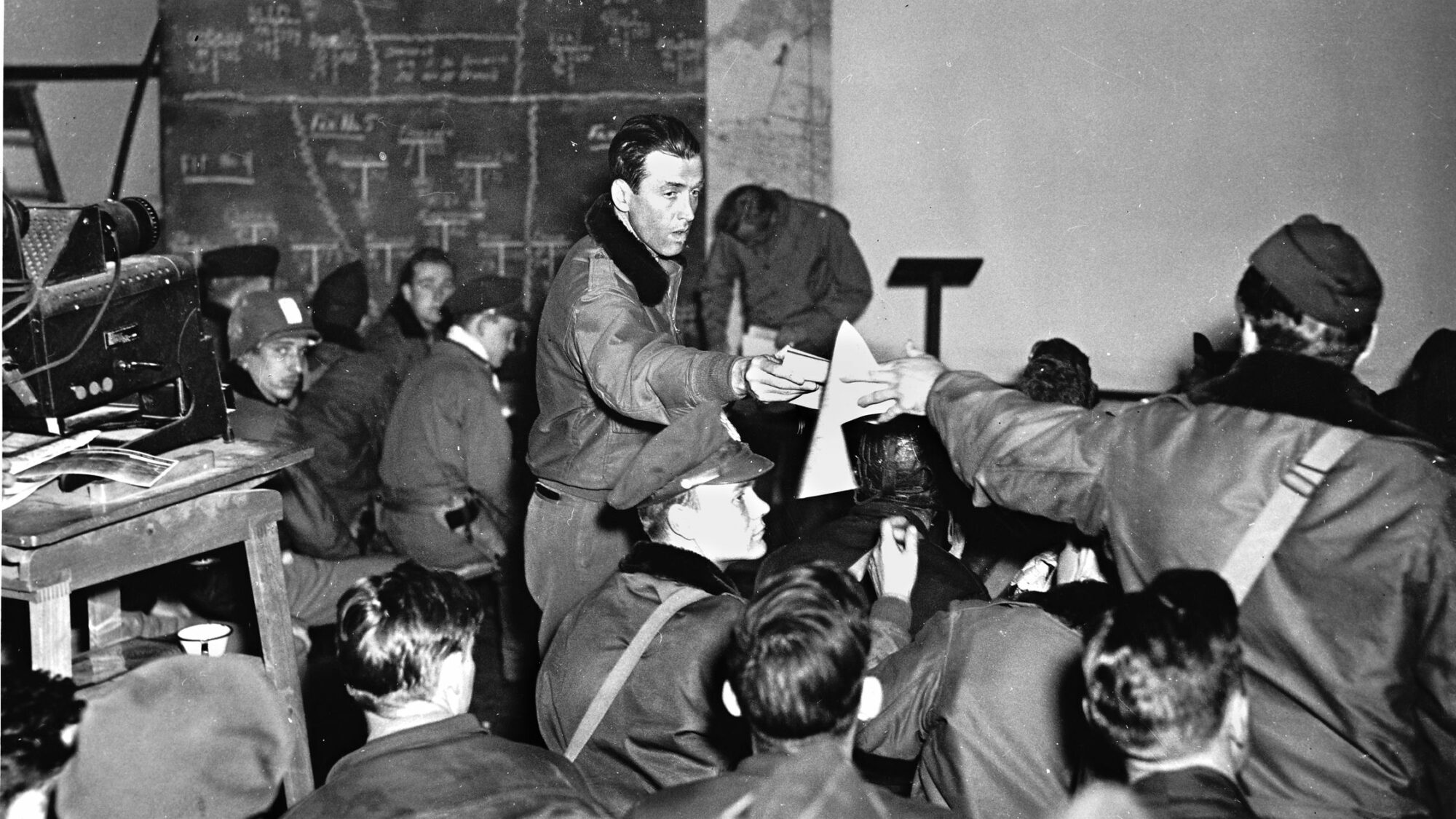
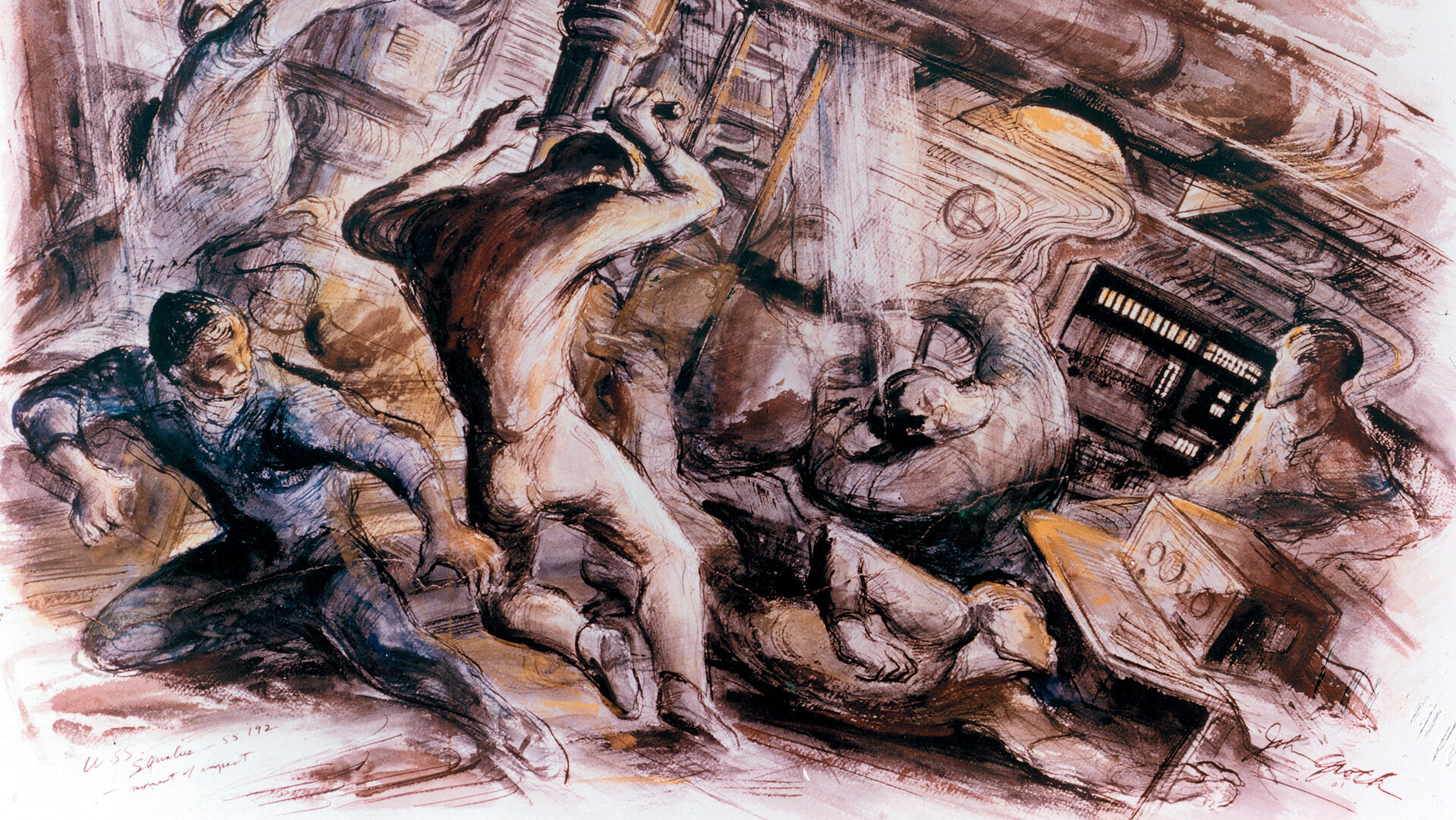
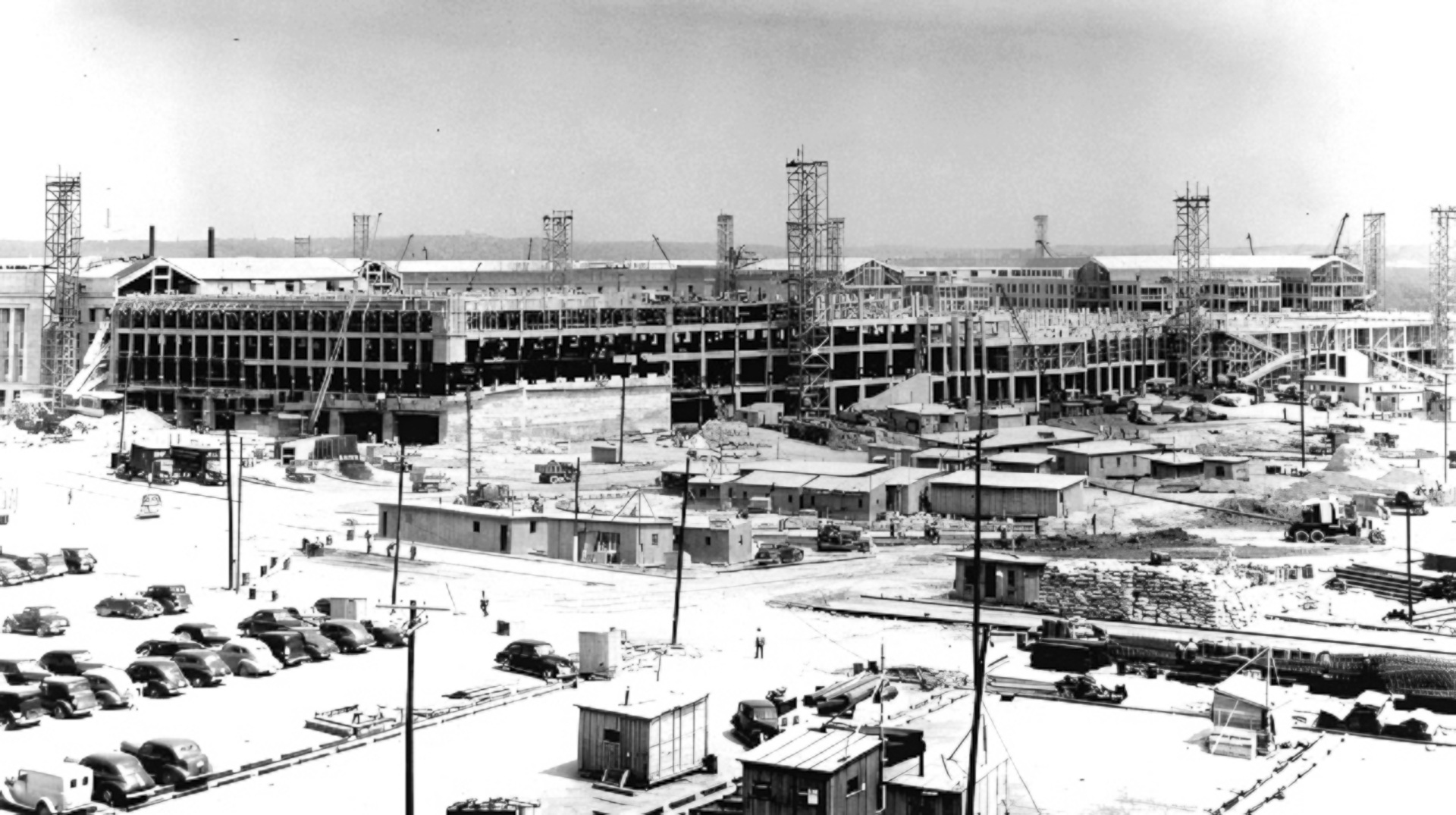
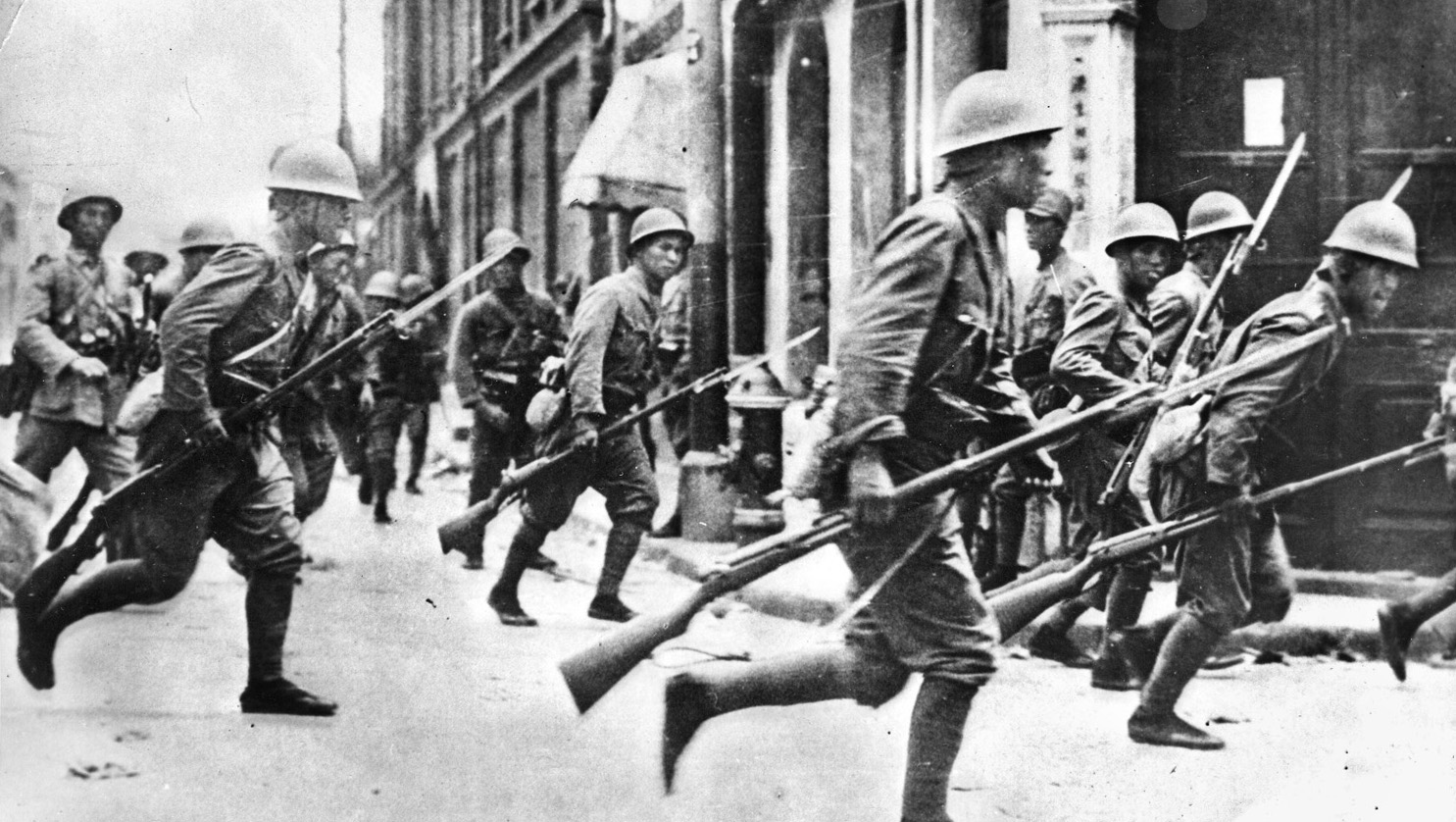
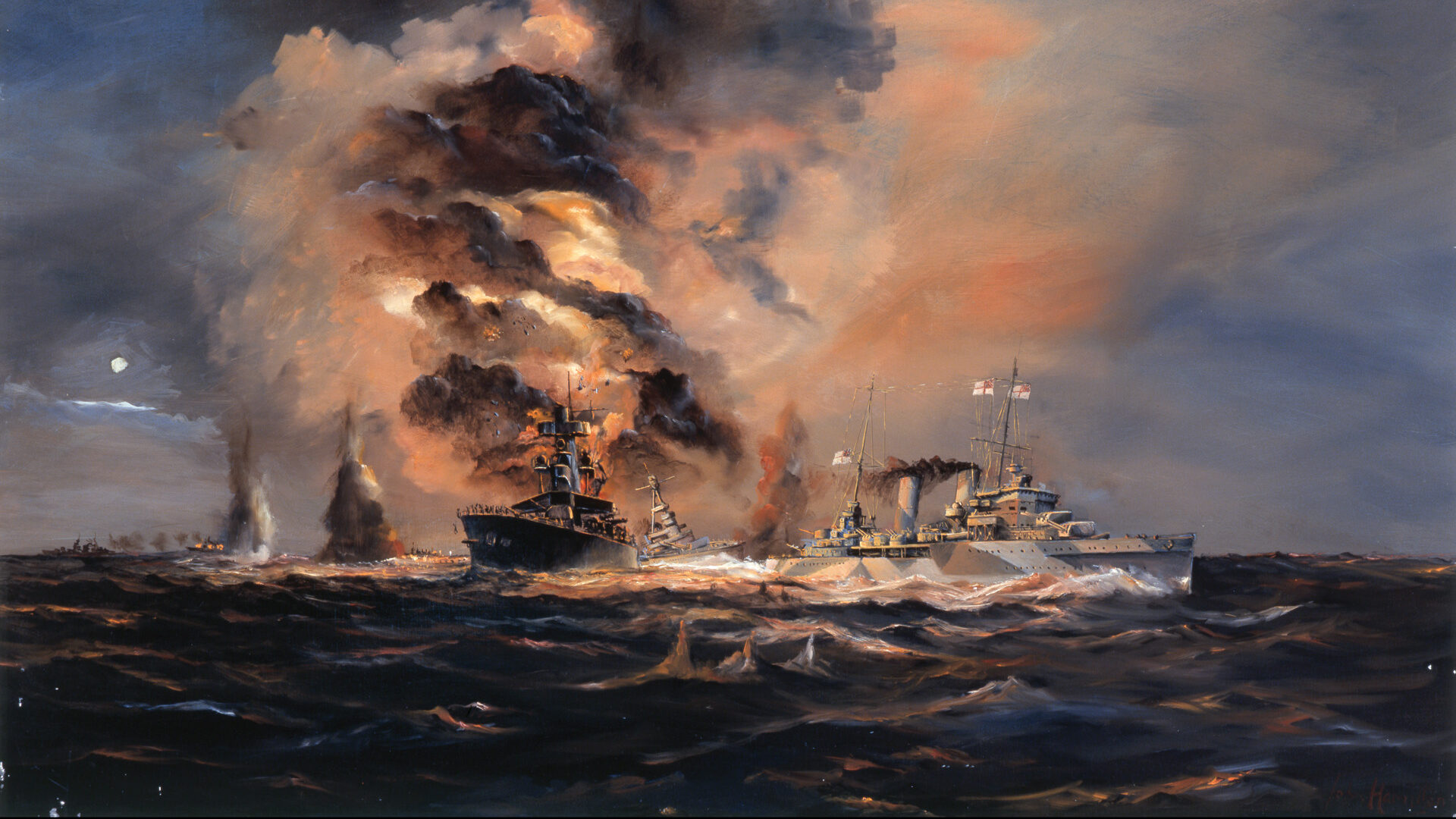
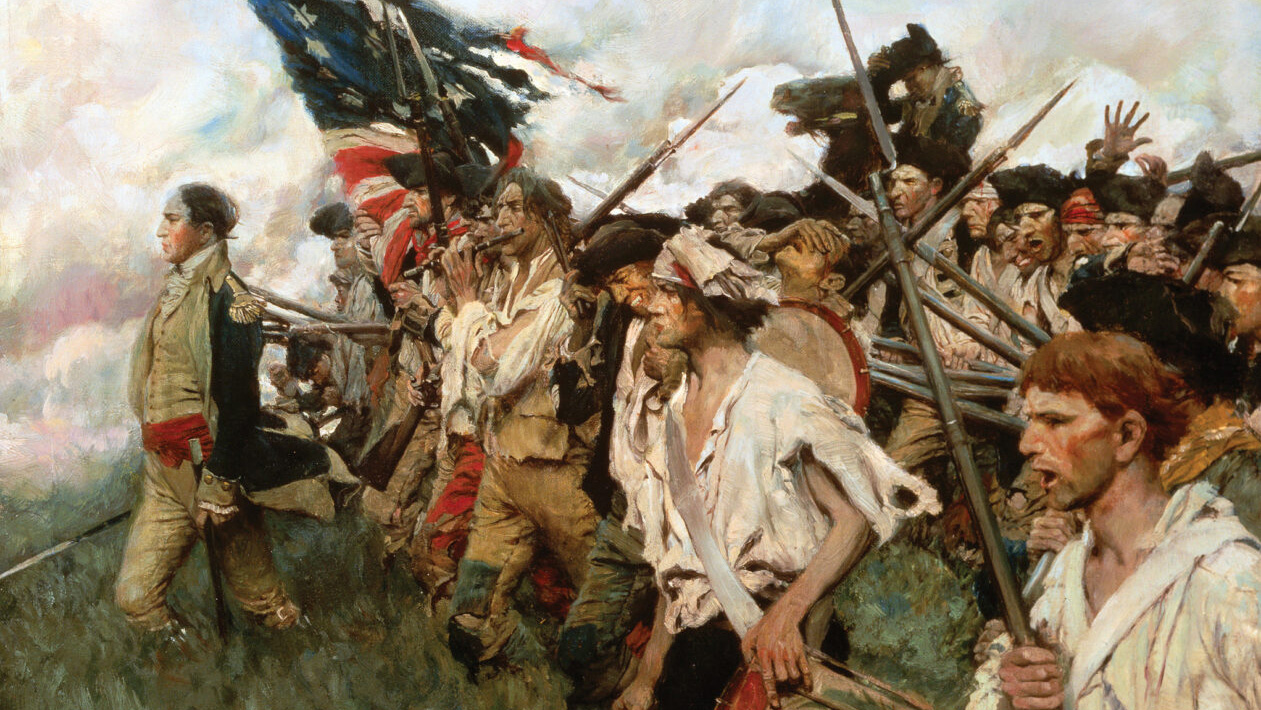
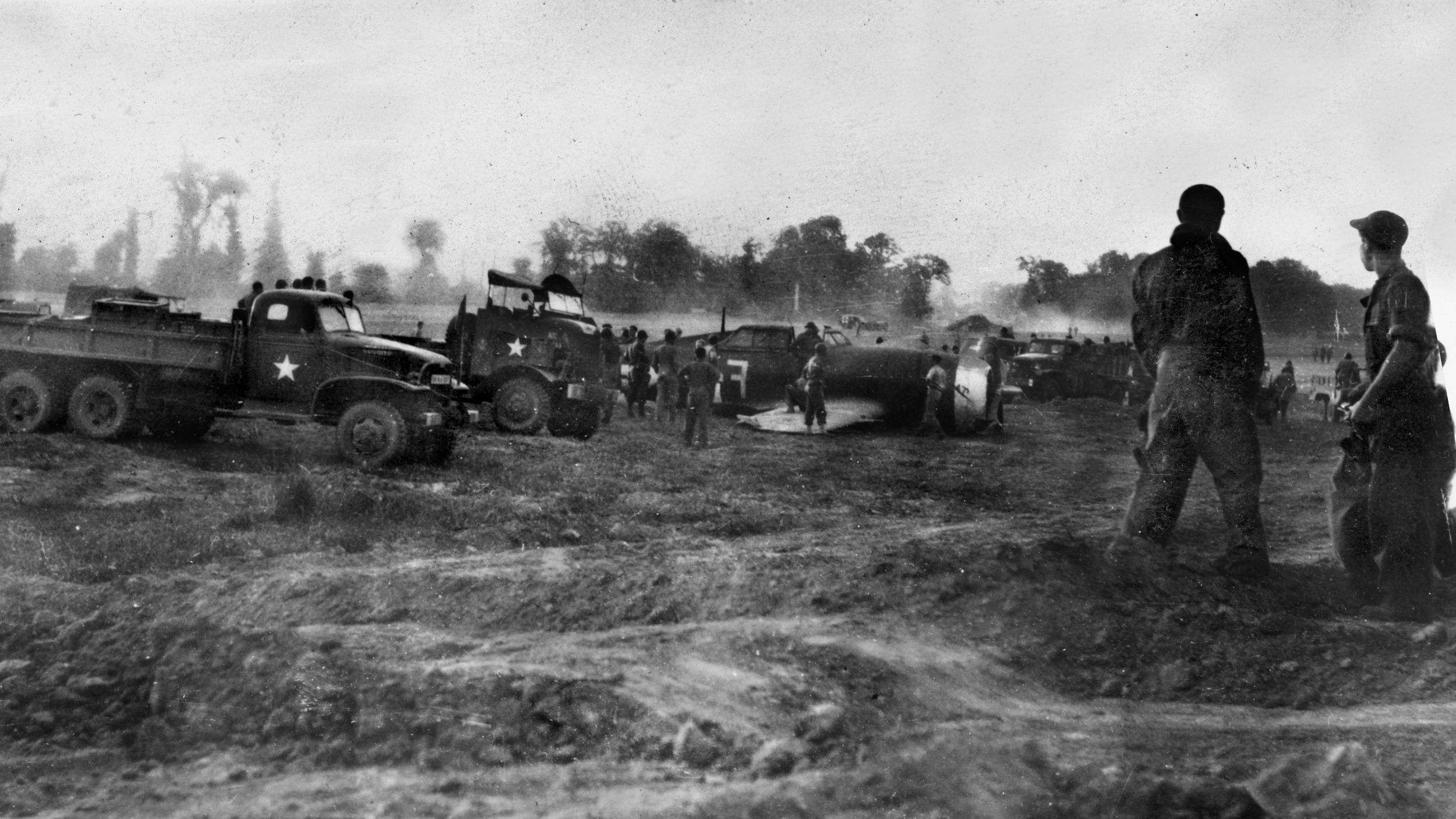
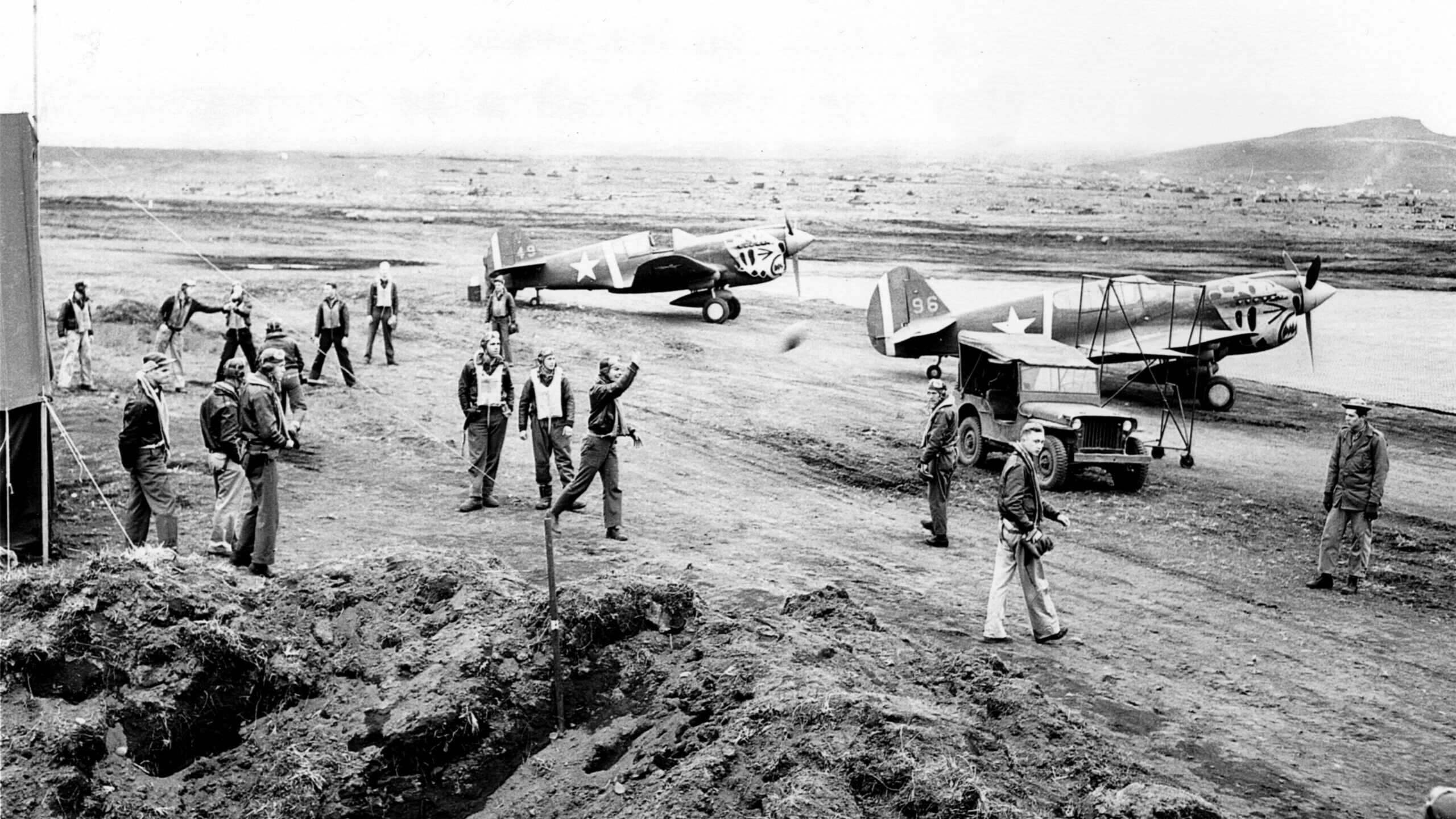
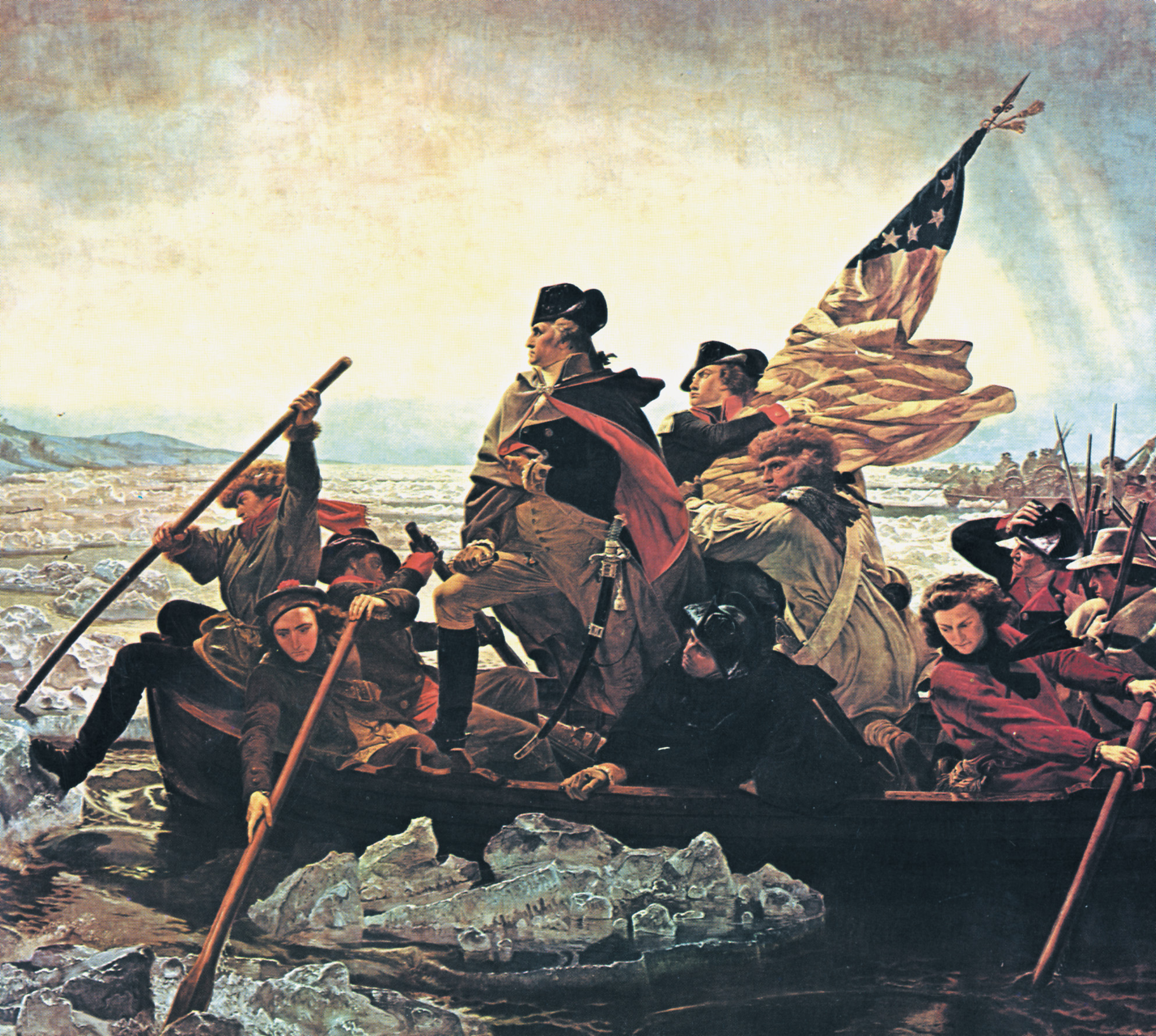
The story a fine human being! His life, to say the least, was a great one. I, since my very early years, have enjoyed greatly his movies.
Jimmy Stewart was one of my all time favorite actors. A humble American HERO, who didn’t flaunt himself or accomplishments. I would have enjoyed knowing this gentleman.
Enjoyed reading of his military exploits.
My Dad, CPT Mel Hecker,(Electrical Engineer) transferred to the 445th BG as an Asst. Operations Officer in March, 1944 after completing 25 missions as a Lead Pilot with the 381st BG. His last B-17 mission was March 8, 1944 to Erkner (Berlin). He went on to C&GSS in August, 1944. Mel’s next older brother was LTC Bob Hecker (Surgeon) , the 2nd Air Division Command Surgeon stationed at Hethel (2nd CBW/2AD HQ) … and interestingly, the oldest brother, LTC George Hecker (Attorney) , was a war planner on GEN Eisenhower’s SHAEF staff and returned to Beverly Hills, CA as a trial litigator after he was a Military Tribunal Judge on a Nazi War Crime Trial. All three knew Mr. Stewart personally … small world.
He has always been my favorite actor. I got my daughter to name her son James. She did not realize I did it to honor James Stewart. I call him Jimmy. My son-in -law hates this. We will never see a man like Stewart in Hollywood ever again. May he RIP.
Correct sir.
An enjoyable article. However, it didn’t mention that following the war, Jimmy Stewart suffered from severe PTSD that nearly ended his Hollywood career. Stewart returned to Hollywood, but he was not the same man. His battle experiences visibly aged him. Worse, they haunted him day and night with flashbacks and nightmares. He considered leaving Hollywood and returning home to work in his father’s store.
Then he was offered the role of George Bailey in “It’s a Wonderful Life.” In playing the role of the idealistic Bailey whose life falls apart, Stewart found a life ring. Playing the role of the distraught and suicidal Bailey was both emotionally and mentally therapeutic. The anguish Stewart put into his portrayal was not just good acting; it was Stewart’s own wartime anguish. It helped purge his demons and gave him a chance to come home from the war. He went on to have a legendary Hollywood career, though the war still haunted him, and he refused to appear in any movies about WWII.
Jimmy was the real deal! Had WW2 lasted anothe six months he was sure to be promoted to brigadier. He received that honor several years after the war. His biography written by Starr Smith, copyright 2005 and titled “Jimmy Stewart: Bomber Pilot”, with forward by Walter Cronkite is a great read.
Great American, great actor and one of my favorites from childhood. I knew he had been a bomber pilot and retired a General but didn’t know all the details. Thanks.